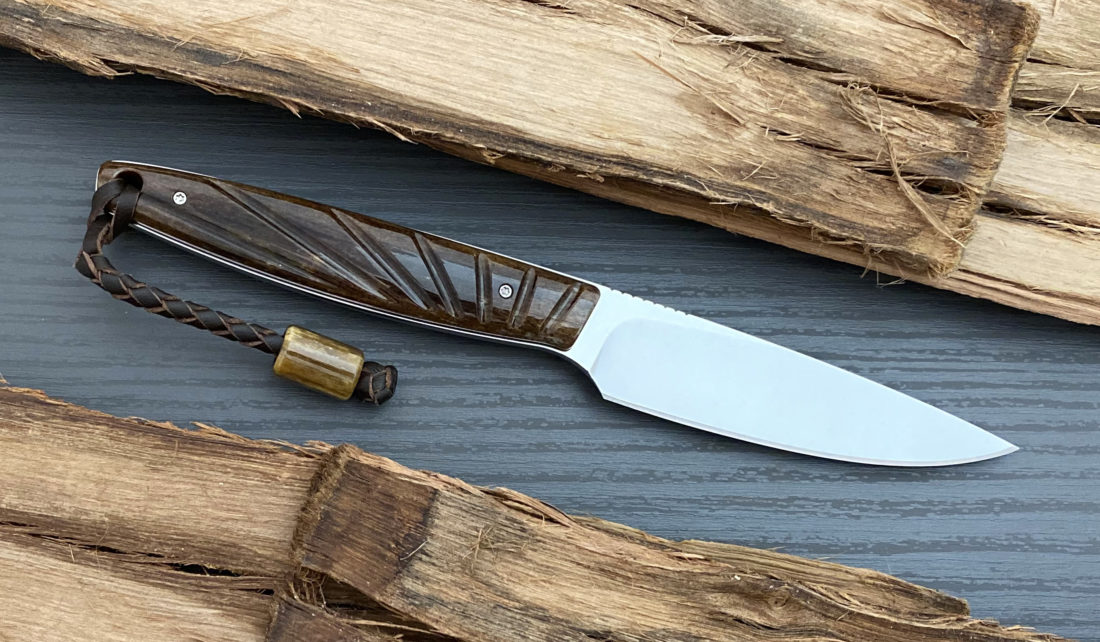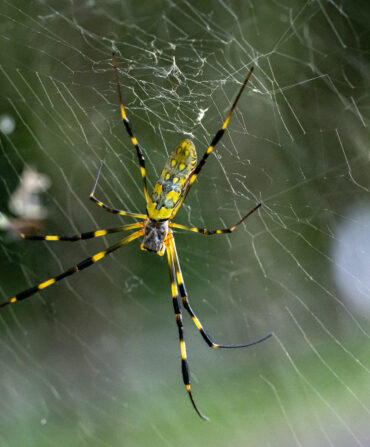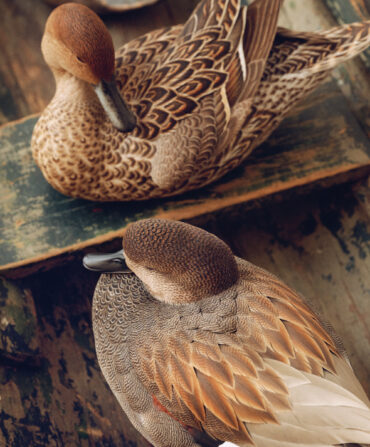It’s true that you don’t need a special knife for cleaning birds. A simple paring knife can generally get the job done. But it’s also true that certain knife profiles, grinds, and sizes make quicker and neater work of bird processing. And I know for a fact that having a dedicated bird knife, one with personal history, adds a pleasing layer of gravitas to the storied pursuit of winged game. I use the same knife on every goose I clean, another knife for ducks, a third for quail, and so on. They’ve accumulated a patina of story and memory that I treasure.
What began with the dove opener in September will now roll across the South in a months-long parade of opening days: duck, goose, quail, grouse, and woodcock. ‘Tis the season of bird seasons, the most wonderful time of the year both in the field and in the kitchen. These five knives, from a South African head turner to a $14-dollar carbon-steel gem, have proven to be my favorites.
Small Ducks
Arno Bernard Bateleur
I’ve been a fan of this South African knifemaker for years, not only because the knives are stunning in the hand, but also because the materials and workmanship outpace the cost. Mirror-finished Bohler N690 steel is fine-grained for sharpness and edge retention, and the choice of handle materials—giraffe bone, sheep horn, warthog tusk, or G10—makes for a difficult decision indeed. The bateleur’s 3.15-inch blade is cut into a nearly spear-point profile, making it a perfect tool for the finesse work of deboning smaller ducks. The lanyard and bead that lock into the gorgeous leather sheath feel like a bonus gift. From $249; arnobernard.com
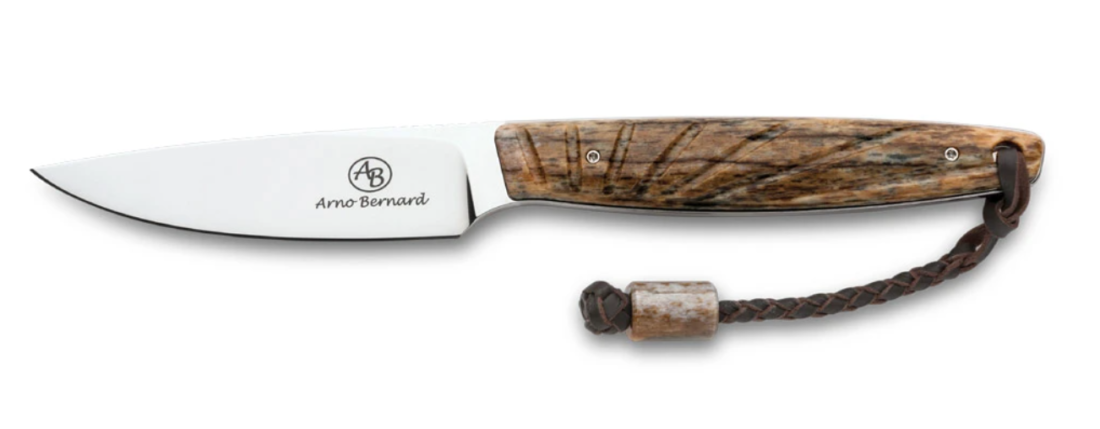
Quail
Case Vintage Bone Trapper
There are few knife designs as utterly American as the Trapper. Named for a passion that was once nearly ubiquitous in the Southern countryside, this handy little two-blade pocketknife still excels as an easy-to-carry bird knife, especially for smaller upland birds such as quail. The sharply pointed clip blade will skin and breast with ease, leaving the spey blade to handle tasks that are tougher on an edge, such as de-jointing wings. That snub-nosed blade is also super useful for removing cockleburs from the hides of long-haired pointing dogs, as the lack of a sharp tip prevents accidentally nicking your pooch. There are scores of handles available. I stick with a classic bone. $78; caseknives.com
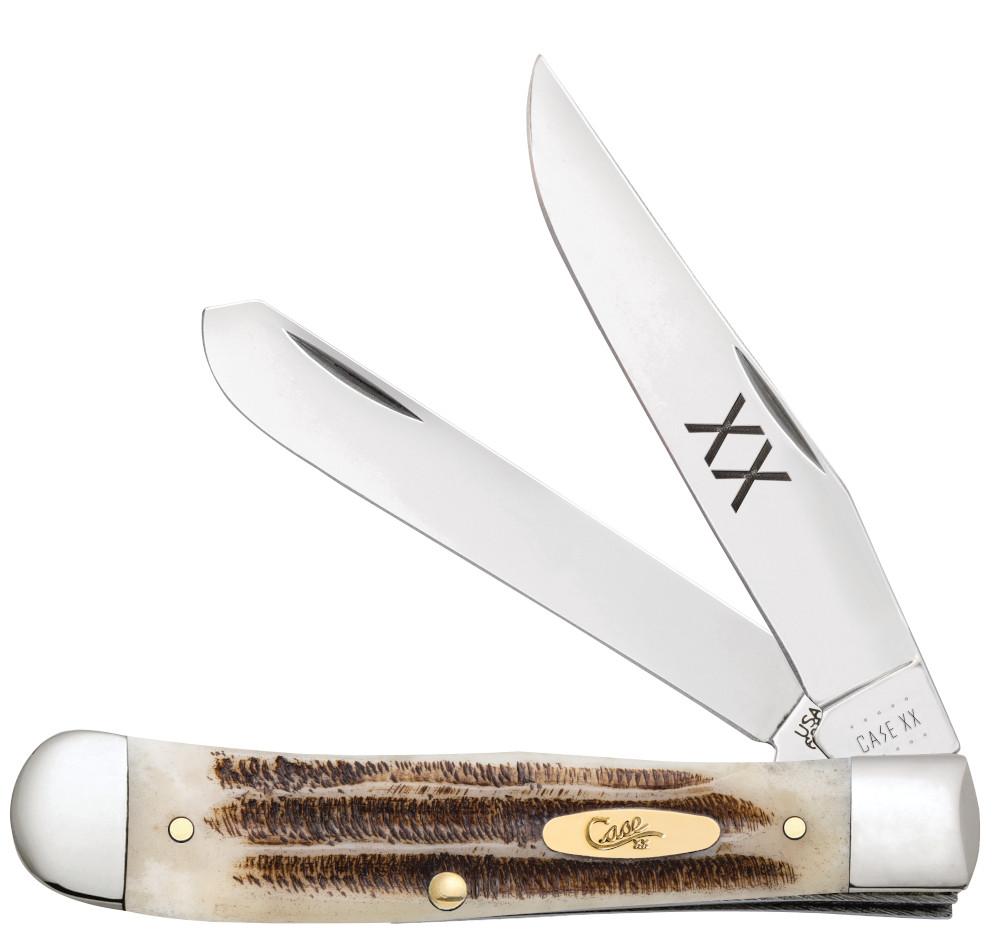
Woodcock/Quail
Boker Bird Knife
Bird knives with gut hooks were once a common sight. Back in the used-to-be, the tiny crooks were used to pull out the entrails in order to cool birds quickly in the field. Most folks now simply snip the bird at the base of the breast and use a finger to hook out the entrails. This sweet knife from Solingen, Germany’s Boker is perfect for that job as well, and with its sleek rosewood handle and nickel silver bolsters, it adds a bit of elegance to an inelegant task. $89; orvis.com
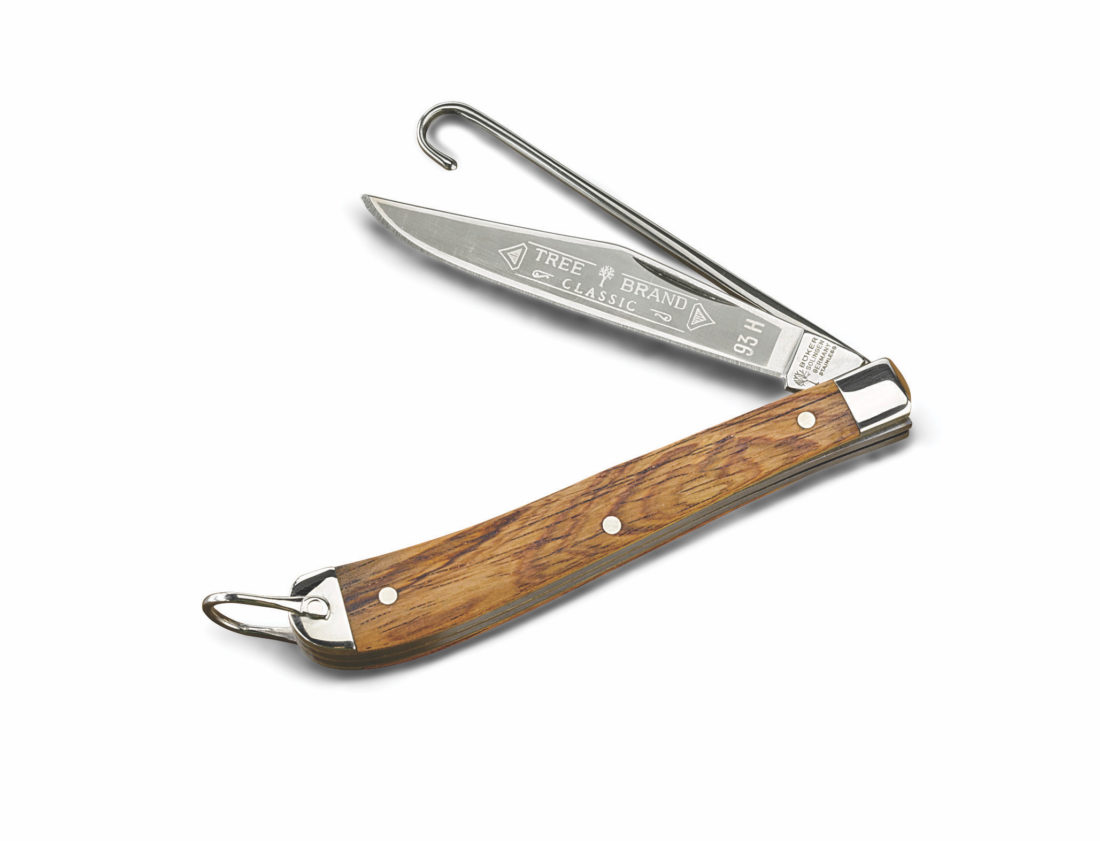
Geese
Helle Hellefisk
I once heard a Helle employee explain the aesthetic behind the Norwegian knives, which are built in a white-brick factory overlooking cliffs and fjords, tucked within a tiny village. Norway’s watermen needed a knife tough enough for everyday use on the fishing fleet, but nice enough to carry on Sunday, when friends and family from nearby villages would gather on the docks. That’s a pretty lofty heritage for a goose-cleaning knife, but there are few better blades for such an onerous ask. Though sold as a fishing knife, the Hellefisk is somewhat stiffer than most fillet knives, with a wider blade shape, which is useful when breaking down tough old geese. The cork handle floats, but it’s also nearly weightless and fills the hand nicely, a bonus when you’re working through a limit of snow geese. $114; amazon.com

The All-Arounder
Opinel No. 6 Carbon Steel Pocket Knife
Beyond its paltry $14 price tag, this 125-year-old French peasant knife is one of the best dove cleaning, duck breasting, goose processing knives on the planet. The blade has a sharp tip that slides easily along breastbones and under clavicles, and the palm-filling beech handle lends itself to precise control. The No. 6 is the smallest size that still comes with a locking collar ring that keeps the blade from closing. You can buy Opinel knives with stainless-steel blades, but you will be rebuked if you wind up on my tailgate. Go with the timeless carbon steel, which is easily resharpened and takes on a warm patina that suggests you really do know what you’re doing. $14; opinel-usa.com
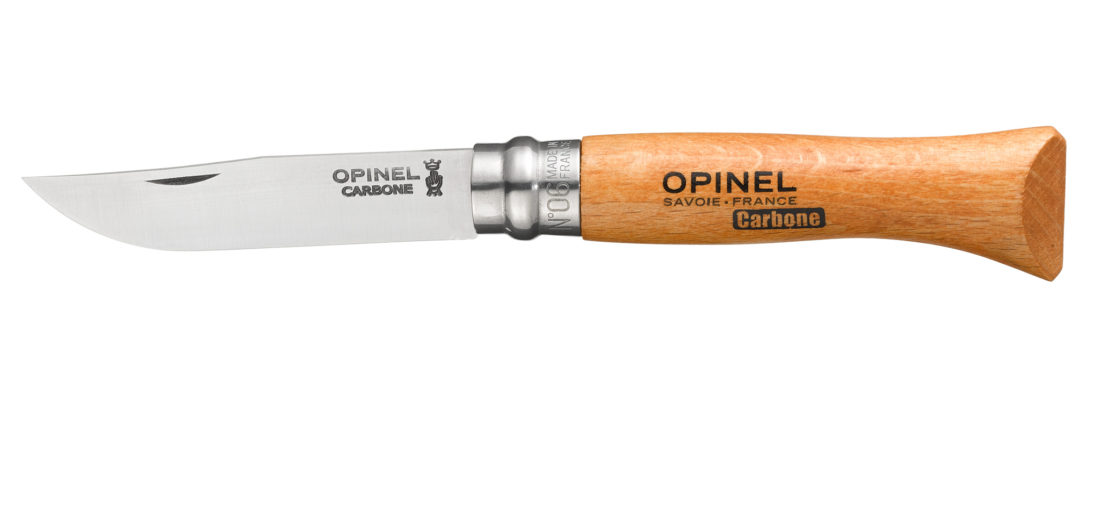
Follow T. Edward Nickens on Instagram @enickens
Garden & Gun has affiliate partnerships and may receive a portion of sales when a reader clicks to buy a product. All products are independently selected by the G&G editorial team.


